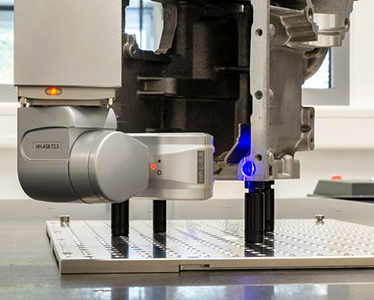Crafting Art and Industry: The Intricacies of Sand Casting
2023-12-26
Sand casting, an ancient yet enduring method of metal casting, bridges the realms of artistry and industrial production. This article embarks on a journey through the intricacies of sand casting, exploring its historical roots, the process involved, and its diverse applications in both artisanal and industrial settings.
1. Historical Foundations
With origins dating back thousands of years, sand casting has played a pivotal role in shaping civilizations. From ancient sculptures to tools and weaponry, this method has been a cornerstone in the creation of metallic artifacts. The echoes of its historical significance are heard in the artifacts of numerous cultures worldwide.
2. The Sand Casting Process
At its core, sand casting involves creating a mold from a mixture of sand and other materials, into which molten metal is poured to achieve the desired shape. The process, though ancient in concept, has evolved with technological advancements, resulting in both traditional and modern sand casting methods.
- Pattern Creation: A pattern, typically made of wood or metal, serves as a replica of the final product. It is used to create the mold cavity.
- Mold Formation: The pattern is placed in a box, and sand is packed around it to create the mold. This mold is then separated into two halves – the cope and the drag – to allow for the removal of the pattern.
- Core Creation: Cores, additional structures made of sand or metal, may be inserted into the mold to create internal features in the final casting.
- Pouring and Solidification: Molten metal is poured into the mold, filling the cavity and taking the shape of the pattern. The metal then solidifies, forming the desired object.
- Casting Removal: After the metal cools and solidifies, the mold is broken, and the casting is removed. Excess material (called the sprue) is trimmed off, and the final product emerges.
3. Artistic Applications
Sand casting has found a home in the realm of art, where its versatility allows artists to create intricate and unique metal sculptures. The process's flexibility enables the casting of detailed forms and textures, making it a preferred method for artists seeking to marry craftsmanship with metalwork.
4. Industrial Significance
In industrial settings, sand casting is a cost-effective method for producing large quantities of complex metal components. Its adaptability to a wide range of metals, including aluminum, bronze, and iron, makes it a go-to choice for manufacturing various components used in automotive, aerospace, and machinery industries.
5. Environmental Considerations
As environmental consciousness grows, sand casting stands out as a sustainable option. The sand used in the process can be recycled, reducing waste, and the overall energy consumption is relatively lower compared to other casting methods.
Conclusion
Sand casting, with its ancient roots and contemporary applications, exemplifies the seamless integration of tradition and technology in the world of metal casting. Whether producing artistic masterpieces or essential industrial components, the art of shaping molten metal in sand molds continues to stand as a testament to the enduring marriage of craftsmanship and innovation.























































